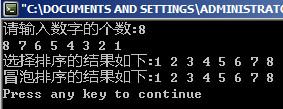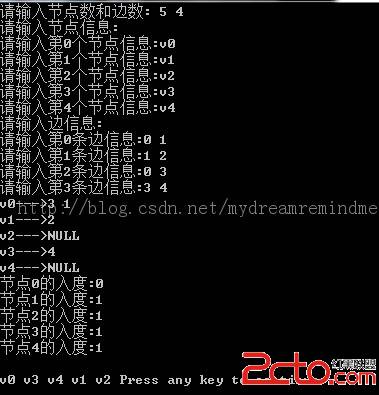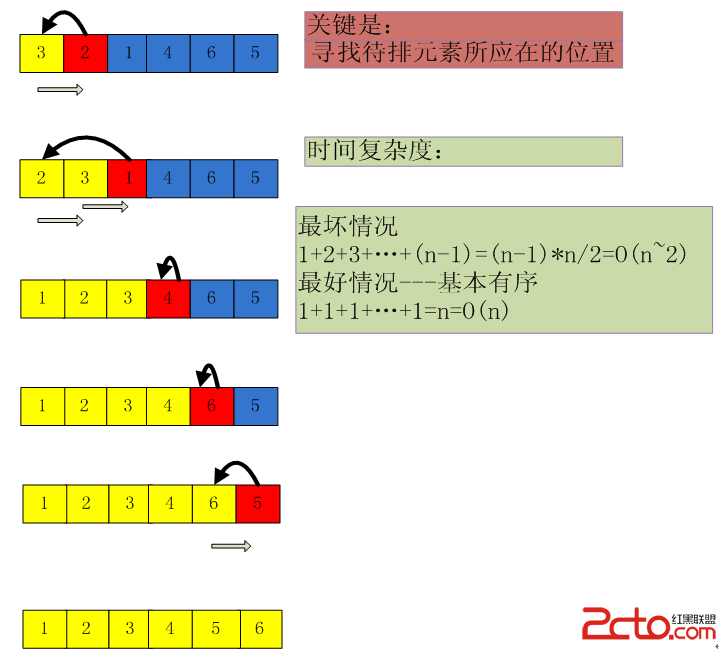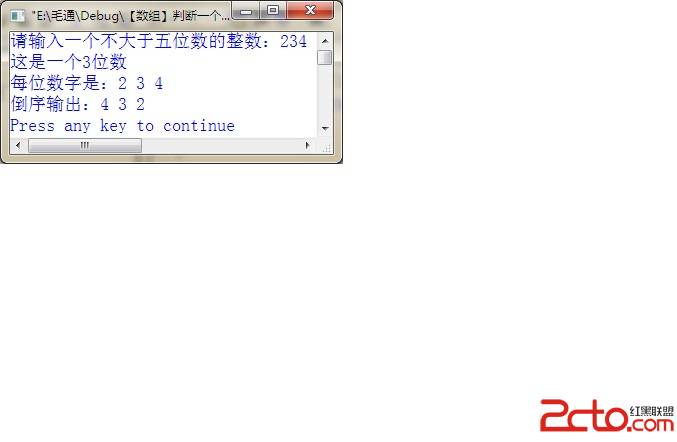第18章 特殊工具与技术(1)
18.1 优化内存分配
C++的内存分配是一种类型化操作:new为特定类型分配内存,并在新分配的内存中构造该类型的一个对象。new表达式自动运行合适的构造函数来初始化每个动态分配的类类型。
18.1.1 C++中的内存分配
C++中,内存分配和对象构造紧密纠缠,就像析构和内存回收一样。使用new表达式的时候,分配内存,并在该内存中构造一个对象;使用delete表达式时,调用析构函数撤销对象,并将对象所用内存返还给系统。
接管内存分配时,必须处理两个任务。分配原始内存时,必须在该内存中构造对象;在释放该内存之前,必须保证适当地撤销这些对象。
对未构造的内存中的对象进行赋值而不是初始化,其行为是未定义的。对许多类而言,这样做引起运行时崩溃。赋值涉及删除现存对象,如果没有现存对象,赋值操作符中的动作就会有灾难性效果。
C++提供下面两种方法分配和释放未构造的原始内存:
(1) allocater类,它提供可感知类型的内存分配。这个类支持一个抽象接口,以分配内存并随后使用该内存保护对象。
(2)标准库中的operator new和operator delete,它们分配和释放需要大小的原始的、未类型化的内存。
C++还提供不同的方法在原始内存中构造和撤销对象。
(1)allocator类定义了名为construct和destroy的成员,其操作正如它们的名字所指出的那样:construct成员在未构造内存中初始化对象,destroy成员在对象上运行适当的析构函数。
(2)定位new表达式(placement new expression)接受指向未构造内存的指针,并在该空间中初始化一个对象或一个数组。
(3)可以直接调用对象的析构函数来撤销对象。运行析构函数并不释放对象所在的内存。
(4)算法uninittialized_fill和uninitialized_copy像fill和copy算法一样执行,除了它们在目的地构造对象而不是给对象赋值之外。
现代C++程序一般应该使用allocator类来分配内存,它更安全灵活。但是,在构造对象的时候,用new表达式比allocator::construct成员更灵活。有几种情况下必须用new。
18.1.2 allocator类
allocator类是一个模板,它提供类型化的内存分配以及对象构造和撤销。
allocator类将内存分配和对象构造分开。当allocator对象分配内存的时候,它分配适当大小并排列成保存给定类型的对象的空间。但是,它分配的内存是未构造的,allocator的用户必须分别construct和destroy放置在该内存中的对象。
1. 使用allocator管理类成员数据
vector所用存储开始是未构造内存,它还没有保存任何对象。将元素赋值或增加到这个预分配空间的时候,必须使用allocator类的construct成员构造元素。
template<class T>
class Vector{
public:
Vector():elements(0),first_free(0),end(0){}
void push_back(const T&);
private:
static std::allocator<T> alloc;
void reallocate();
T* elements; //first element
T* first_free; //behind the last actual element
T* end; //behind vector conent
};
template<class T>
class Vector{
public:
Vector():elements(0),first_free(0),end(0){}
void push_back(const T&);
private:
static std::allocator<T> alloc;
void reallocate();
T* elements; //first element
T* first_free; //behind the last actual element
T* end; //behind vector conent
};
2. 使用construct
template<class T>
void Vector<T>::push_back(const T& t){
if(first_free==end)
reallocate(); //gets more space and copies existing elements to it
alloc.construct(first_free,t);
++first_free;
}
template<class T>
void Vector<T>::push_back(const T& t){
if(first_free==end)
reallocate(); //gets more space and copies existing elements to it
alloc.construct(first_free,t);
++first_free;
}3. 重新分配元素与复制元素
template <class T>
void Vector<T>::reallocate(){
std::ptrdiff_t size=first_free-elements;
std::ptrdiff_t newcapacity=2*max(size,1);
T* newelements=alloc.allocate(newcapacity);
uninitialized_copy(elements,first_free,newelements);
for(T *p=first_free;p!=elements;){
alloc.destroy(--p);
}
if(elements)
alloc.deallocate(elements,end-elements);
elements=newelements;
first_free=elements+size;
end=elements=newcapacity;
}
template <class T>
void Vector<T>::reallocate(){
std::ptrdiff_t size=first_free-elements;
std::ptrdiff_t newcapacity=2*max(size,1);
T* newelements=alloc.allocate(newcapacity);
uninitialized_copy(elements,first_free,newelements);
for(T *p=first_free;p!=elements;){
alloc.destroy(--p);
}
if(elements)
alloc.deallocate(elements,end-elements);
elements=newelements;
first_free=elements+size;
end=elements=newcapacity;
}
每次重新分配时分配两倍内存。
deallocate期待指向由allocate分配的空间的指针,传给deallocate一个零指针是不合法的。
摘自 xufei96的专栏
补充:软件开发 , C++ ,




